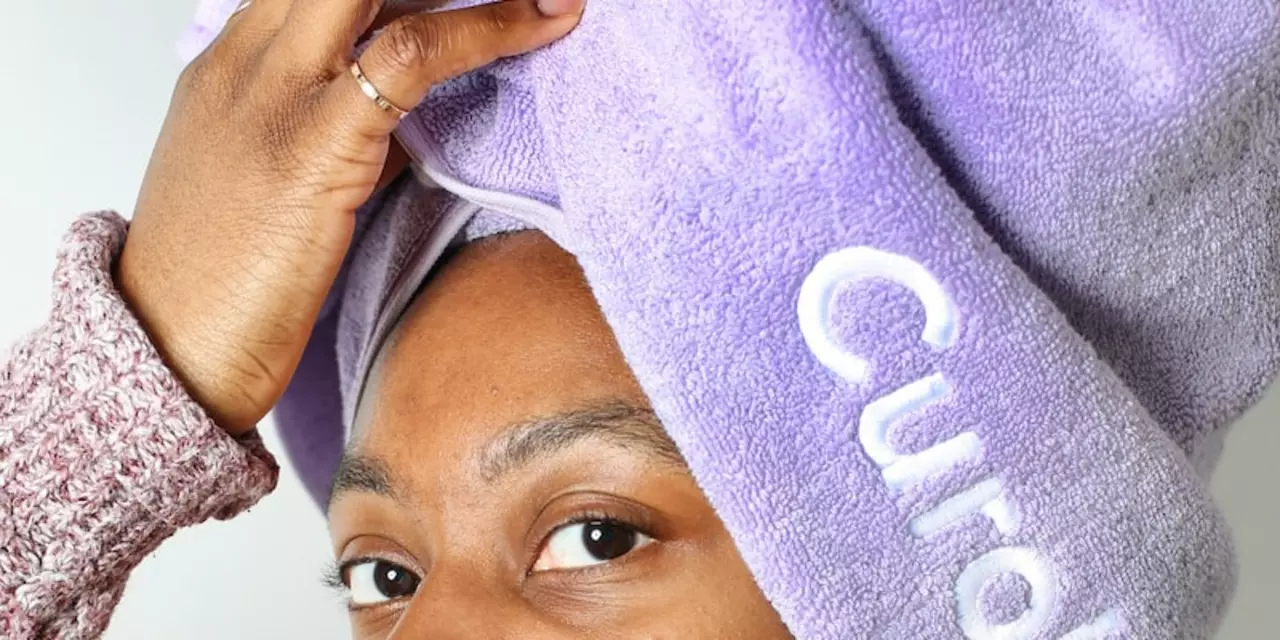Cysts: Causes, Symptoms, and Real-World Solutions
Ever spotted a small lump under your skin and wondered if it's a cyst? You're not alone. Cysts are pretty common, and while they can look scary, most aren't dangerous. But what exactly are you dealing with, and when should you worry?
Cysts are like tiny sacs filled with fluid, pus, or other material. They can pop up almost anywhere on your body—under the skin, inside organs, or even along your gums. The most familiar types are sebaceous cysts (those little bumps on your back, neck, or scalp) and ovarian cysts, which are common in women of childbearing age.
Not every bump is a problem. Some people never even notice their cyst, and it quietly goes away on its own. Others might feel discomfort, pain, or embarrassment—especially if a cyst gets red, swollen, or starts to leak. Sounds gross, but it happens!
Wondering why cysts show up? Often, it’s as simple as a blocked gland or hair follicle. Sometimes an injury or infection can trigger one. Conditions like acne, PCOS (polycystic ovary syndrome), or even some rare genetic issues can raise your risk. There’s no one-size-fits-all cause, but most cysts are nothing to panic over.
Treatment? It really depends on the cyst and where it is. Small, painless cysts often don't need anything except watching and waiting. Got a sore, growing, or infected one? That's a reason to check in with your doctor. Sometimes they’ll drain it, prescribe antibiotics, or suggest surgery—though that’s rare.
Trying to pop a cyst yourself is asking for trouble. You could make an infection worse or leave a scar. Instead, keep the area clean with gentle soap and water, and avoid poking or squeezing it. Warm compresses can help soothe discomfort, but don’t expect miracles overnight.
If you start to notice unusual symptoms—like rapid growth, recurring cysts, or changes in color—it’s smart to get checked out. While most cysts are harmless, a few can signal bigger problems like infections or (very rarely) cancerous changes. Your doctor might order an ultrasound or a sample to make sure it's just a simple cyst.
Some health conditions linked with cysts, like hormonal imbalances, need their own kinds of care. For example, if you’re dealing with PCOS or recurring ovarian cysts, your doctor might talk about lifestyle tweaks, medication, or further testing. Don't waste your time on sketchy internet cures or miracle creams—if it sounds too good to be true, it probably is.
Remember, staying healthy means knowing what’s normal for your body. If something new pops up and you're not sure what it is, it’s worth a quick check-in with a trusted medical pro. Clarity beats worry any day.
Does Adderall cause acne and cysts on the body?
Adderall is a medication used to treat attention deficit hyperactivity disorder (ADHD). It has been linked to a range of side effects, including acne and cysts on the body. While the exact cause of these side effects is not known, some researchers believe that the stimulant effects of Adderall can interfere with the hormones that regulate oil production in the skin. In addition, some people may be more prone to acne due to genetics or lifestyle factors. It is important to talk to a doctor if you are experiencing acne or cysts as a result of taking Adderall, as they can help you manage the condition.
What is acne?
Acne is a common skin condition that affects most people at some point in their lives. It is caused by a combination of factors, including hormones, bacteria, and genetics. Acne typically manifests as pimples, blackheads, whiteheads, and cysts on the face, chest, and back. Treatment options vary depending on the severity of the case, but can include topical creams, antibiotics, and laser treatments.
